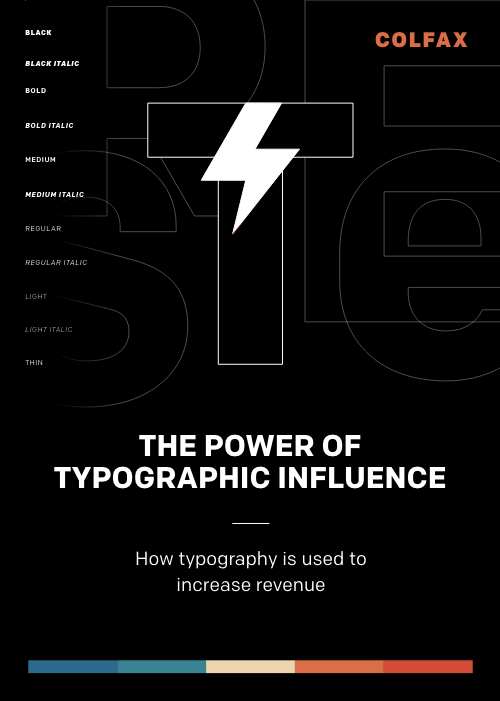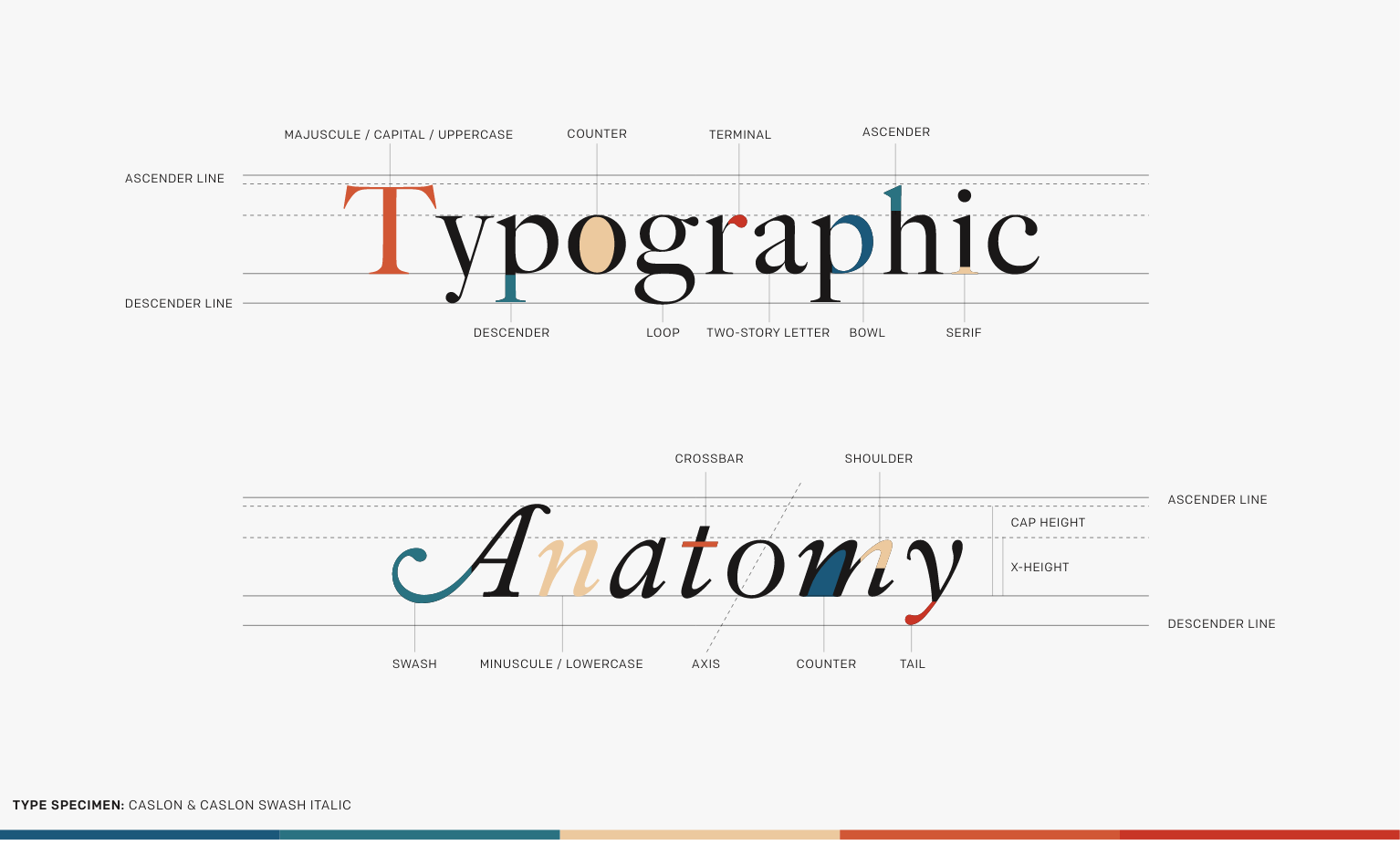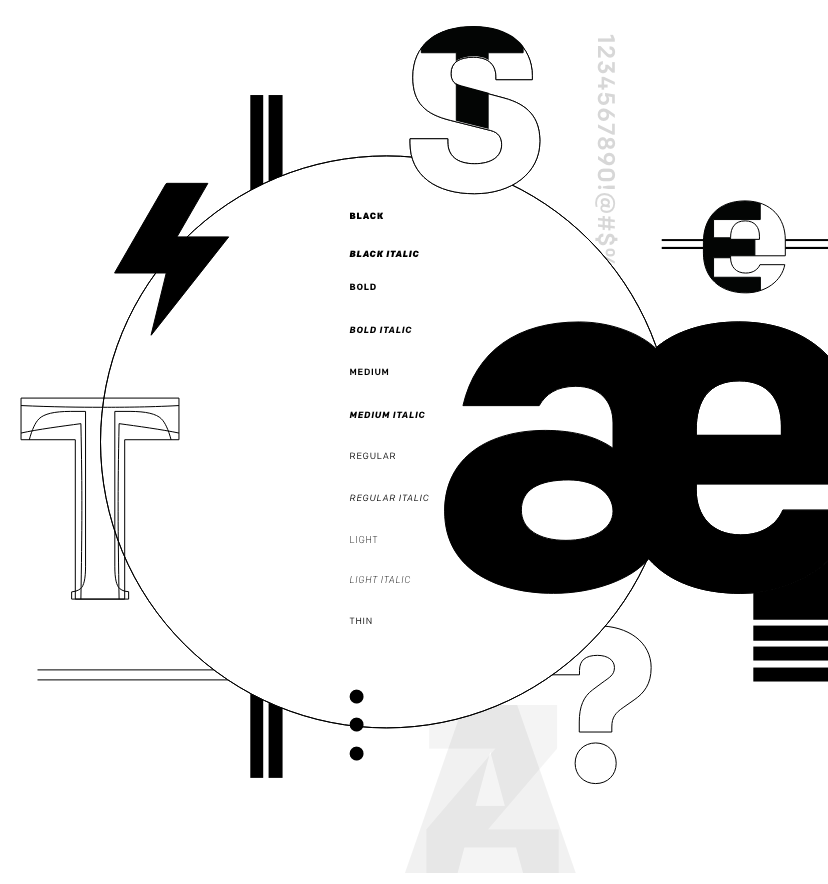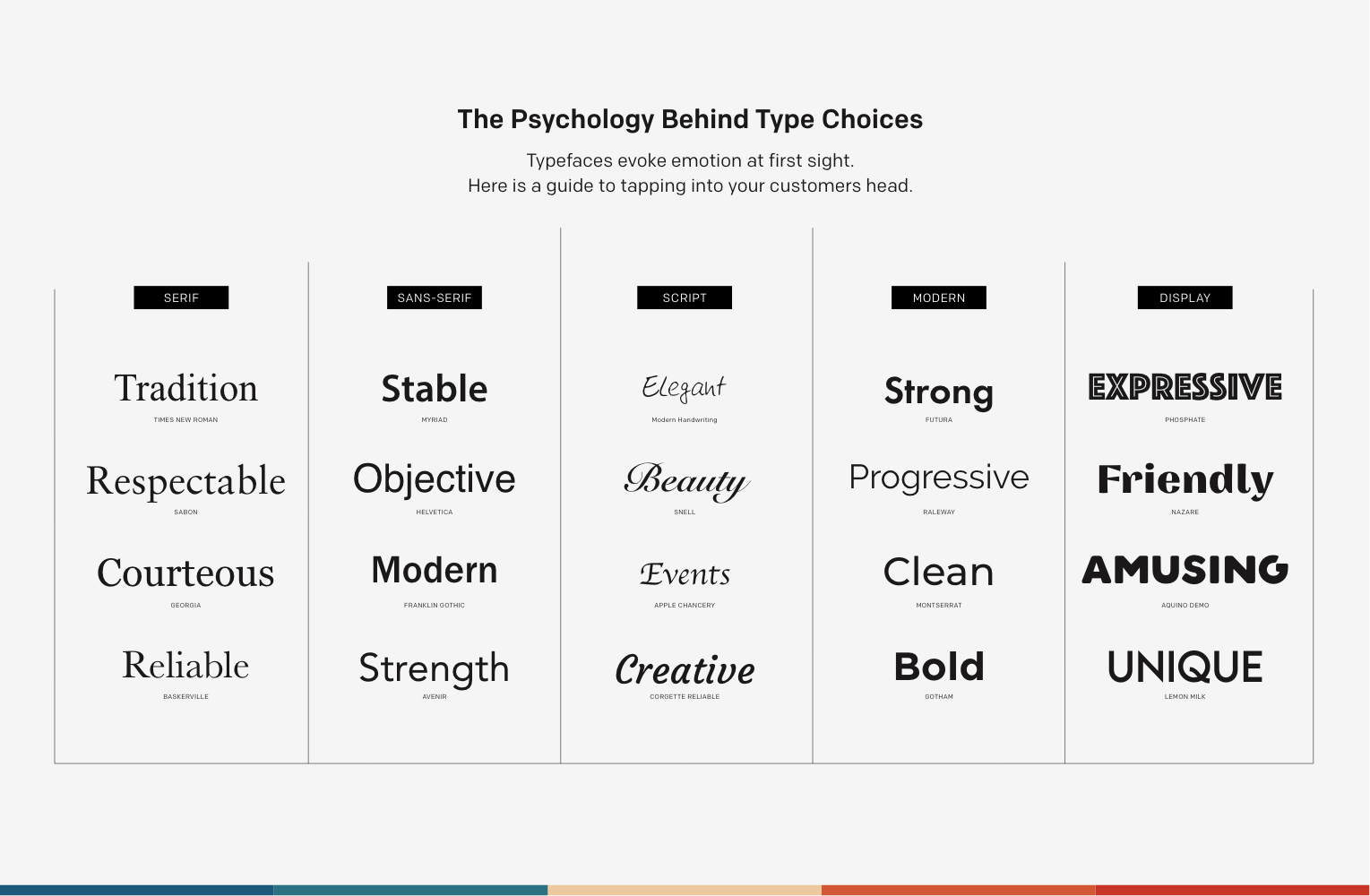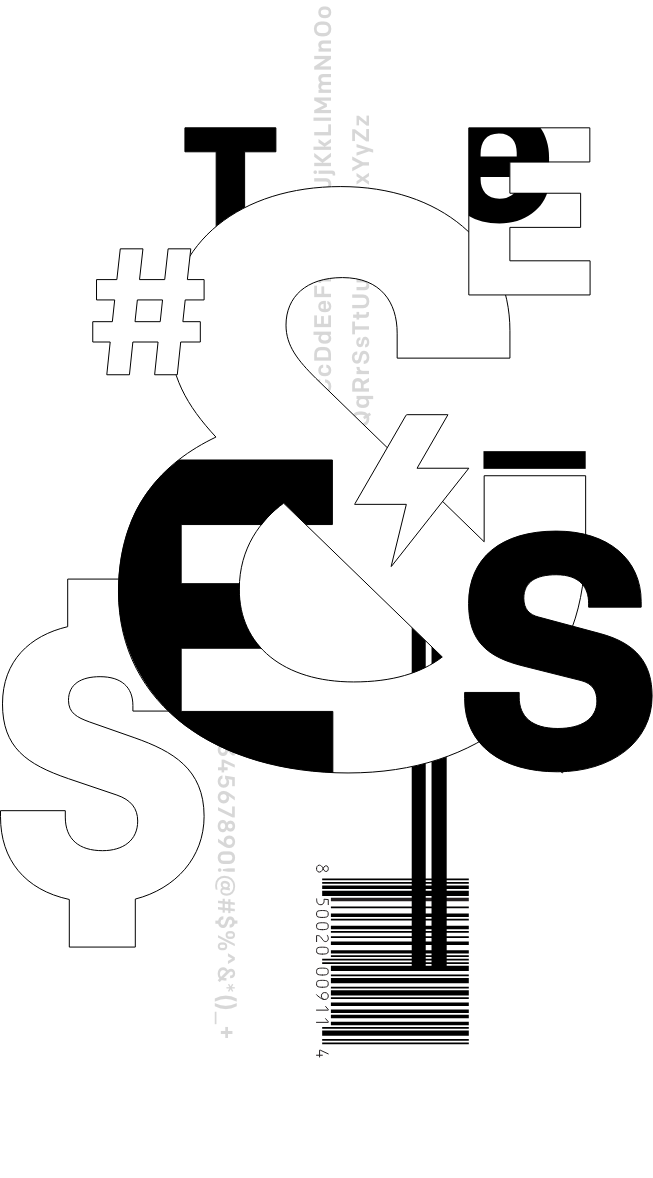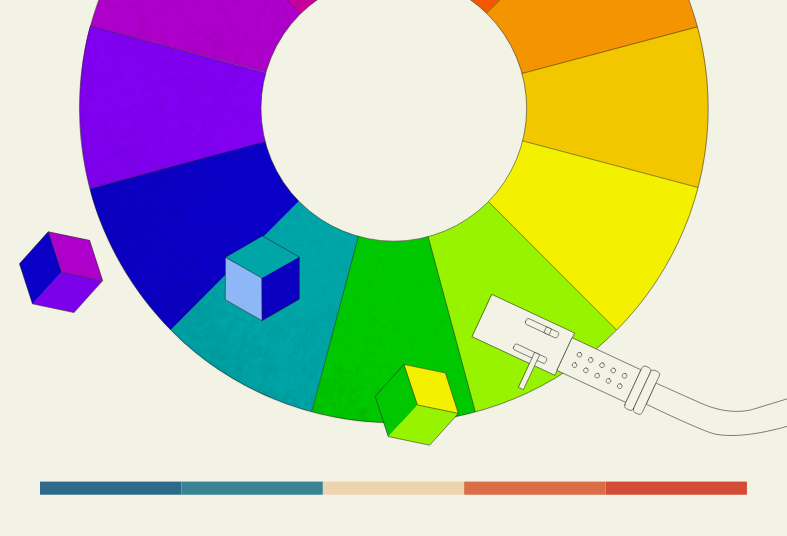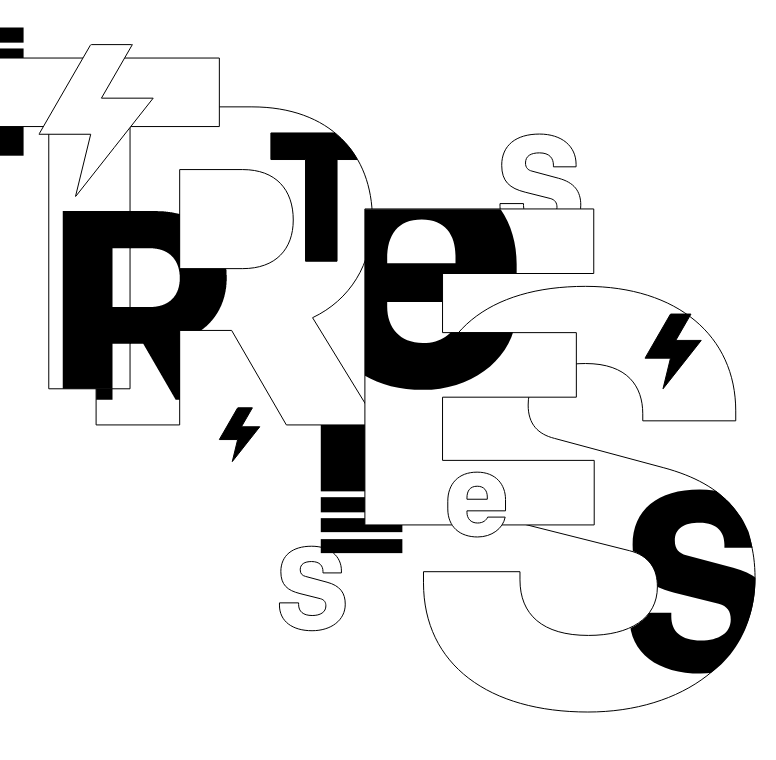
The birth of cascading style sheets is what really brought digital typesetting up-to-speed with its long proven rival - print design. The huge digital shift we have been experiencing the past few decades has swung the pendulum in type foundry’s approach, and how the design community formulates their toolbox. The classic, expensive typefaces that dominated for decades, no longer hold market value. Before the wide spread of the internet, some typefaces were $2k, no exception. No one wants to pay $2k for a typeface with today’s tech at hand. Particularly if the digital equivalent simply does not exist. It is a huge branding mistake in today’s perspective, and sets the brand toolbox up for failure from the start.
If the digital typeface does not exist, you’re setting yourself up for cross-platform failure. Quote me on that. Digital typefaces are lightweight, and are built for cross platform consistency. They allow you to add style, content hierarchy, and craft a user flow. Most importantly, they provide us with choice of direction. News for you, when crafting your messaging, don’t beat around the bush. Tell the user/viewer/whoevs exactly what you would like them to do next. It’s ok to infuse personality, as long as it remains direct, and a short word count of course.
The true heroes in the market today are Google Type and Adobe Typekit.
